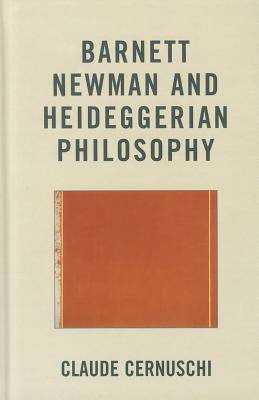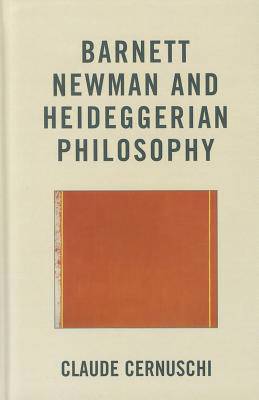
- Retrait gratuit dans votre magasin Club
- 7.000.000 titres dans notre catalogue
- Payer en toute sécurité
- Toujours un magasin près de chez vous
- Retrait gratuit dans votre magasin Club
- 7.000.000 titres dans notre catalogue
- Payer en toute sécurité
- Toujours un magasin près de chez vous
142,95 €
+ 285 points
Description
This book investigates the writings and works of the American Abstract Expressionist artist Barnett Newman in light of ideas articulated by one of Germany's most important and influential philosophers: Martin Heidegger. At the intersection of art history and philosophy, an interdisciplinary approach is proposed whereby the motivations underlying Newman's artistic production, and the specific meanings of his paintings, become more amenable to reading and elucidation.
Spécifications
Parties prenantes
- Auteur(s) :
- Editeur:
Contenu
- Nombre de pages :
- 348
- Langue:
- Anglais
Caractéristiques
- EAN:
- 9781611475197
- Date de parution :
- 22-03-12
- Format:
- Livre relié
- Format numérique:
- Genaaid
- Dimensions :
- 155 mm x 231 mm
- Poids :
- 698 g







